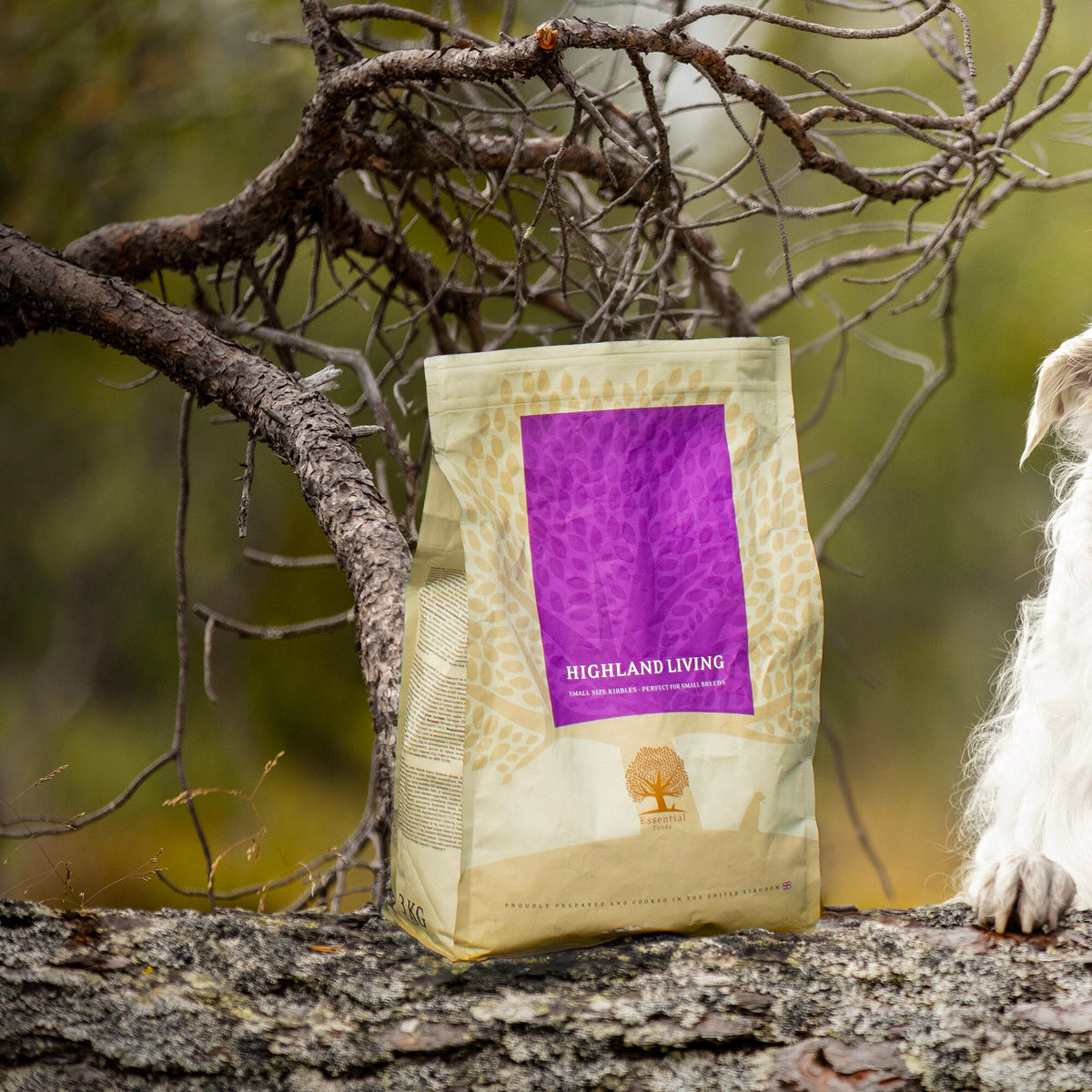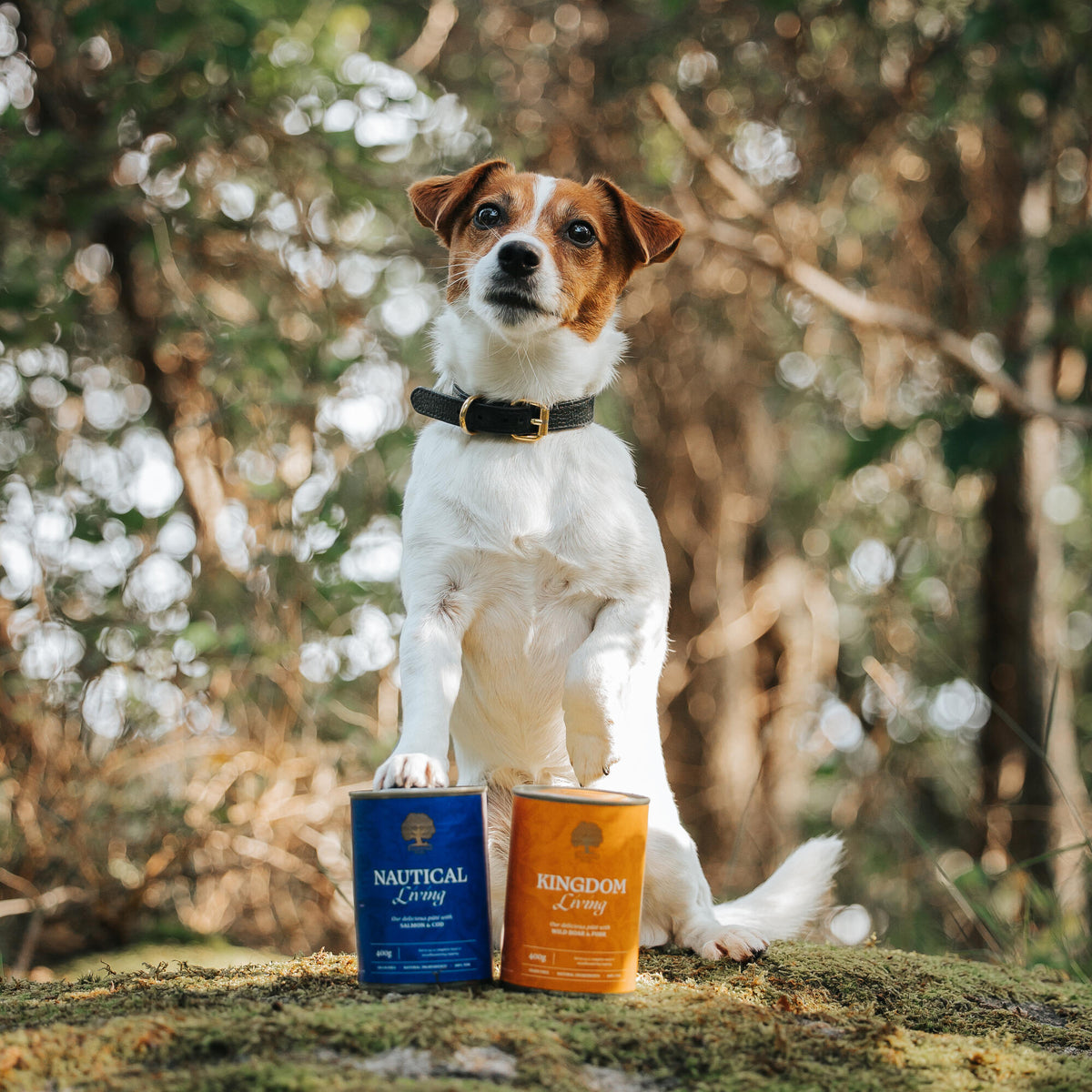As responsible pet owners, we are constantly vigilant about what foods are safe and beneficial for our dogs. Among the many dietary questions, one that often arises is whether honey is a suitable treat for dogs. In this article, we will delve deeply into the benefits, potential risks, and proper ways to include honey in your dog's diet.
What is Honey?
Honey is a natural sweetener produced by bees using nectar from flowers. It is composed primarily of fructose, glucose, and various enzymes, vitamins, minerals, and antioxidants. Its antibacterial and anti-inflammatory properties have been recognized for centuries.
Nutritional Benefits of Honey for Dogs
Honey, in moderation, can offer several health benefits for dogs:
-
Energy Boost: Honey is an excellent source of natural sugars, providing a quick energy boost, which can be particularly beneficial for active or working dogs.
-
Rich in Antioxidants: The antioxidants in honey help combat free radicals in your dog's body, promoting overall health and reducing the risk of chronic diseases.
-
Allergy Relief: Local honey can help alleviate symptoms of environmental allergies by gradually desensitizing the dog's immune system to pollen.
-
Digestive Health: Honey contains prebiotics and enzymes that support a healthy digestive system.
-
Soothing Properties: Honey can be used topically to soothe minor cuts, burns, and skin irritations due to its antibacterial properties.
Potential Risks of Feeding Honey to Dogs
While honey has several benefits, it is essential to be aware of the potential risks:
-
High Sugar Content: Honey is high in natural sugars, which can contribute to obesity and dental problems if consumed in large quantities.
-
Botulism Spores: Raw honey may contain botulism spores, which can be harmful, especially to puppies and dogs with compromised immune systems.
-
Allergic Reactions: Some dogs may be allergic to honey or the pollen it contains, leading to symptoms such as itching, swelling, or digestive upset.
How to Safely Feed Honey to Your Dog
To safely incorporate honey into your dog's diet, follow these guidelines:
-
Moderation is Key: Limit honey to a teaspoon per day for small dogs and up to a tablespoon for larger breeds.
-
Choose Raw, Unprocessed Honey: Opt for raw, organic honey to ensure your dog gets the most nutritional benefits.
-
Monitor for Reactions: Start with a small amount and observe your dog for any adverse reactions.
-
Brush Your Dog's Teeth: Regular dental care is crucial to prevent cavities and other dental issues due to the sugar content in honey.
Ideal Ways to Serve Honey to Dogs
Here are some dog-friendly ways to serve honey:
-
Honey and Peanut Butter Treats: Mix a small amount of honey with natural peanut butter and freeze in an ice cube tray for a delicious treat.
-
Yogurt and Honey: Stir a teaspoon of honey into plain, unsweetened yogurt for a healthy snack that supports digestion.
-
Honey-Glazed Carrots: Drizzle a bit of honey over cooked carrots for a sweet and nutritious treat.
When to Avoid Feeding Honey to Your Dog
Certain conditions and scenarios where honey should be avoided include:
-
Diabetic Dogs: The high sugar content can exacerbate diabetes.
-
Overweight Dogs: Honey can contribute to weight gain.
-
Puppies: Due to the risk of botulism, avoid feeding honey to puppies under one year of age.
Conclusion
Honey can be a delightful and beneficial addition to your dog's diet when given in moderation and with the proper precautions. Its natural sweetness, coupled with its array of health benefits, makes it an excellent occasional treat. Always consult with your veterinarian before introducing new foods into your dog's diet, especially if your pet has underlying health conditions. With the right approach, you can safely and enjoyably incorporate honey into your dog's nutritional regimen.



